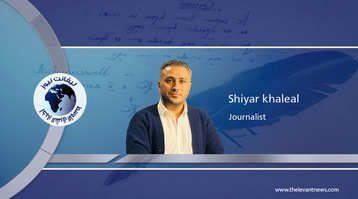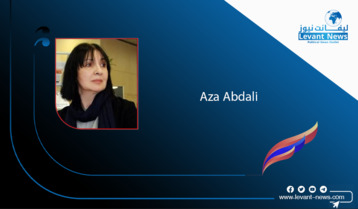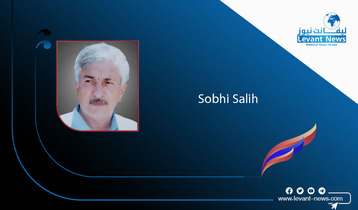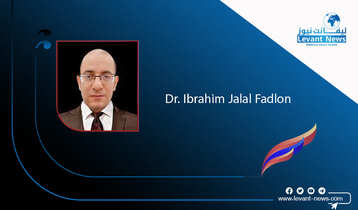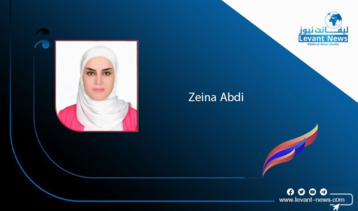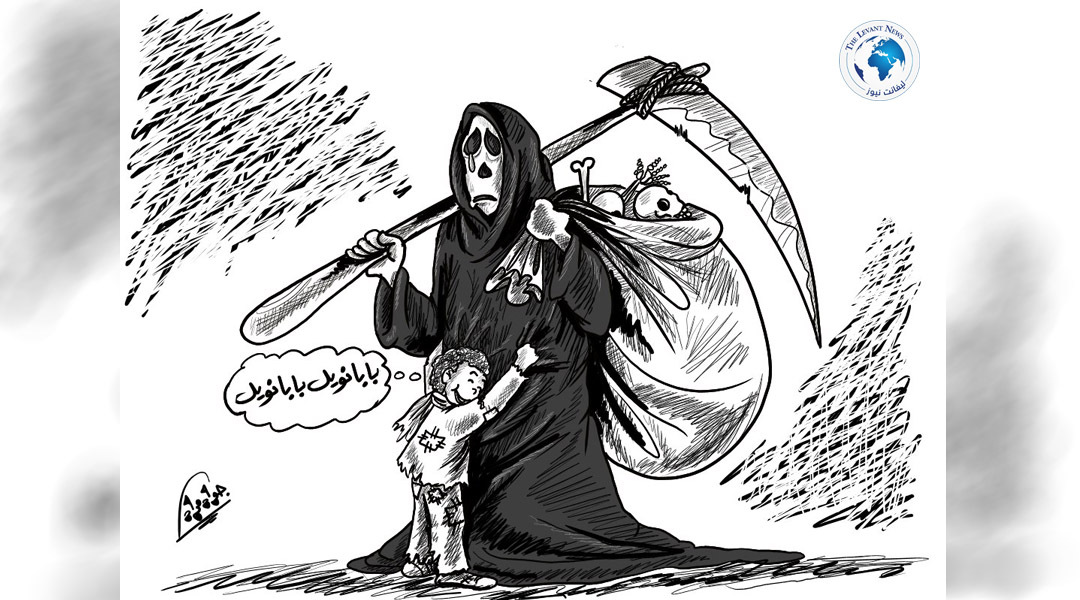-
Arab Spring Democracies: Aspirations and Limitations
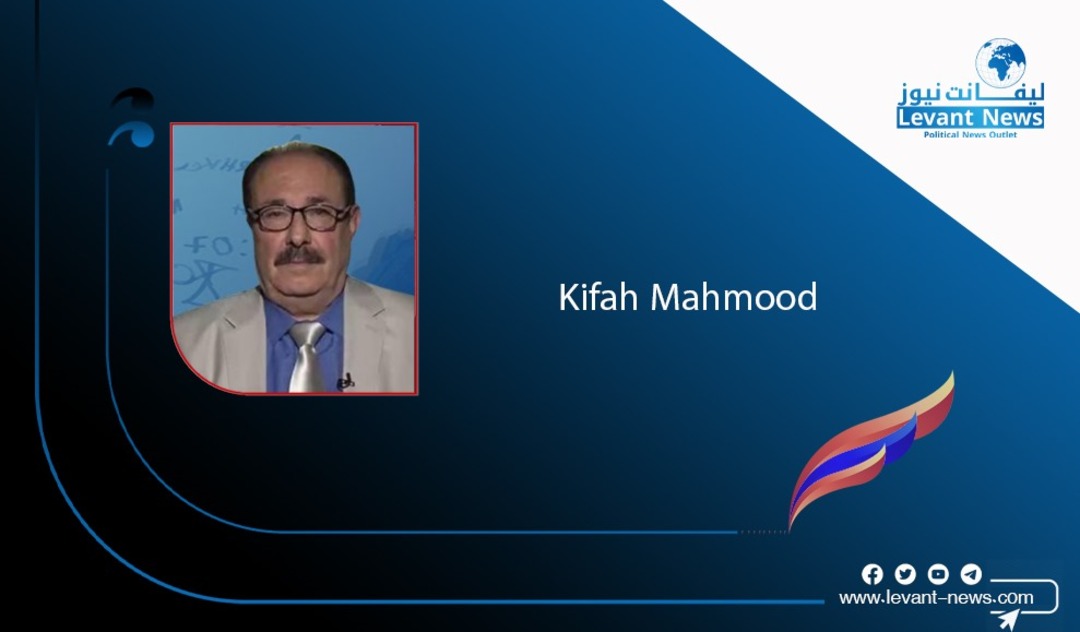
Since 2011, the Arab "Spring" has marked a pivotal moment in the political history of the Arab world. The masses took to the streets demanding the fall of authoritarian regimes and the establishment of democracies that reflect the popular will. These movements led to the overthrow of regimes in Tunisia, Egypt, Libya, and Yemen, while Syria faced a violent uprising that spiraled into a devastating civil war. Despite immense popular momentum, these efforts did not yield stable democracies; instead, they resulted in short-lived transitional experiments, chaos, or a return to various forms of authoritarianism. This reality has sparked serious questions about the nature, feasibility, and ultimate fate of these revolutionary transformations.
The revolutions instigated profound psychological and social shifts—most notably, the abolition of fear concerning political participation, the empowerment of marginalized groups, and a renewed national discourse centered on citizenship, justice, and freedoms. Moreover, new political and media elites emerged, especially in Tunisia, fostering a collective sense of empowerment—even if only temporarily. Yet, this phase proved fleeting. Countries like Libya, Yemen, and Syria descended into civil wars, while Egypt saw massive protests against President Mohamed Morsi and the Muslim Brotherhood’s bid for sole control. Even Tunisia, once hailed as a successful model, reverted to a form of “constitutional authoritarianism” amid economic crises and political divisions. Essentially, the post-revolutionary phase witnessed a rapid collapse of the foundational achievements, calling for a deeper reassessment of the very structure of these nascent states.
An Imposed Adoption of the Western Model
Revolutionary elites and supporting states sought to replicate the Western liberal democratic model—through mechanisms like elections, constitutions, and pluralism—without considering that this model is a product of long historical, cultural, and institutional developments that are largely absent in post-authoritarian Arab states. These societies generally lack the fundamental prerequisites of democracy: independent judiciary, active civil society, free media, and traditions of tolerance and political coexistence. Most critically, the changes were largely top-down, driven by regional and international pressures, targeting the political regime’s leadership rather than addressing the deep social, economic, and cultural foundations. In other words, regimes changed, but societies—and most importantly, their political culture rooted in obedience, loyalty, and primary loyalties (tribe, sect, leader)—remained intact. No comprehensive cultural, political, or educational reforms accompanied the political shifts to reshape citizens' awareness and perceptions. As a result, new forms of authoritarianism re-emerged, often reinforced by fragile societal fabric.
This fragility fueled internal conflicts, as seen in Egypt and Tunisia between Islamic and secular currents, and ethnoreligious and regional tensions in Yemen, Libya, and Syria. Instead of forging a historical consensus, societies splintered along sharp identity lines, leading to deteriorating security, collapsing economies, and declining citizen trust in new elites.
Gulf Experiences: Gradual Modernization as an Alternative Model
In contrast, Gulf countries—particularly Saudi Arabia and the UAE—present a different approach to transformation. These states avoided revolutionary upheavals altogether, opting instead for gradual, well-planned modernization that preserved stability. State institutions were strengthened, the relationship between religion and state was carefully managed, and economic reforms pursued through strategic visions—all without abrupt upheavals. Although not fully embracing Western democratic paradigms, these countries implemented effective institutional and societal reforms, which contributed to greater stability and lower susceptibility to chaos. This alternative model emphasizes internal, gradual change rooted in the unique local context, rather than external pressures or copying foreign models wholesale.
What Is the Realistic Alternative Today?
Experiences across the Arab world demonstrate that genuine change cannot be imposed from above nor imported wholesale from abroad. Democracy is not merely voting; it is a long-term process requiring:
- Building truly functional institutions, not just symbolic symbols.
- Redefining the social contract on the basis of citizenship.
- Reforming education, media, and culture to foster political awareness.
- dismantling deeply rooted corruption and authoritarian systems.
- Integrating traditional structures (tribes, religious authorities) into the transformation process without monopolizing it.
In Conclusion
While the Arab Spring revealed a deep yearning for freedom, it collided with a complex reality that cannot be overcome through good intentions alone. Between premature revolutionary impulse, Western replication, and external intervention, there has been a conspicuous absence of a realistic vision for constructing a new system. Conversely, Gulf experiences highlight that transition does not mean rupture; it is a gradual process of re-engineering state and society step-by-step. The greatest challenge facing Arab peoples remains in developing a democracy that is authentically theirs—one that derives legitimacy from their own reality, not borrowed models.
Kifah Mahmoud
You May Also Like
Popular Posts
Caricature
opinion
Report
ads
Newsletter
Subscribe to our mailing list to get the new updates!

